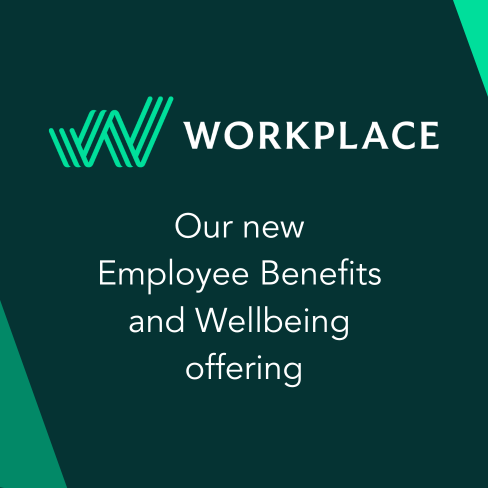The Department for Work and Pensions’ 2022 report “Analysis of future pension income” showed 10.8mn people have been automatically enrolled, and private pension participation has more than doubled from 42 per cent in 2012 to 86 per cent in 2021.[i]
So, auto enrolment is a success? On one level, yes. All those people who might otherwise have failed to put any money aside for their retirement have done so and we’ve seen a general awareness and understanding of pension saving increase. If nothing else, the line on a payslip creates conversations and a chance to educate.
Price over outcomes?
However, after more than a decade of progress, questions are being asked about the suitability of some of the pension schemes that have been created. In an environment where employers and trustees are being asked about whether their scheme provides good value for money and the right outcomes for members, how do they know?
The main cause of the uncertainty is because there has been something of a race to the bottom on price across the market. When comparing schemes, price is one of the few tangible measurements for anyone to hold on to. The problem is that not all pension schemes are created equally, so you can’t expect two separate pension schemes to produce the same results and therefore make price the easy differentiator.
Who can help employers to understand value?
Employers and trustees are being asked to focus on value, so a combination of performance, service and cost. Comparison data on performance will help and that is increasingly available as many of the older schemes have now built enough of a track record.
Service matters because it’s a very emotional product. If the employer or employee has a difficult customer experience with their provider it can result in poor outcomes.
Wren Sterling’s Workplace consultants regularly compare pension providers for our clients, focusing on the value their offer the employer and employee, so speak to us about an audit.
How can financial advice resolve some of the other issues?
Suitability is another challenge. Schemes assume that members want to retire at their state pension age, and without any other information, that’s a reasonable assumption, but unlikely to be accurate. Lifestyling is the automatic reduction in risk leading into retirement but if a member has a small fund and intends to work longer for example, lifestyling without consultation could leave the member taking insufficient risk. There are many more examples when increasing or decreasing risk at a given time would be advantageous to the member but without communication, nobody knows.
Many employees are choosing to phase in their retirement and without any advice, they might be unaware of when they can retire and the lifestyle they will be able to enjoy.
We also know that most employees have pension pots from multiple employers. Consolidation can reduce costs and make pensions easier to manage but it’s important not to forego any benefits from previous schemes by transferring out.
There’s also contribution levels. Employers want to be able to offer meaningful schemes to their employees and to encourage them to save for a fulfilling retirement. We have the lower earnings limit being removed and the age for auto enrolment coming down to 18 from 22, but that won’t be until 2025 at the earliest. However, there are concerns that it won’t be enough and research by The Phoenix Group has advocated for 12% minimum contributions, up from 8% to increase fund levels. Their research suggests there could be a £10 billion annual pension contribution boost possible from increasing the auto-enrolment minimum to 12%.[ii]
Again, we can help to benchmark existing contribution levels with firms from the same sector.
Financial education and financial education for employees
The answer to all of these challenges is financial planning, which will support employees and ensure good outcomes, which is the reason we have workplace pensions in the first place.
Wren Sterling offers all our Workplace clients access to financial planners for their employees, as well as financial education programmes.
These programmes are designed to engage employees and encourage them to make positive financial decisions. This ensures you get value from your investment in their benefits, and they’re benefiting from the clarity they get by taking control of their finances and futures.
To find out more or set up a free initial consultation, please get in touch.
IMPORTANT: A pension is a long-term investment not normally accessible until age 55 (57 from April 2028 unless the plan has a protected pension age). The value of your investments (and any income from them) can down as well as up which would have an impact on the level of pension benefits available. Your pension income could also be affected by the interest rates at the time you take your benefits.
Sources:
[i] https://www.gov.uk/government/news/ten-years-of-automatic-enrolment-achieves-over-114bn-pension-savings
[ii] https://www.thephoenixgroup.com/news-views/10-billion-annual-pension-contribution-boost-possible-from-increasing-the-auto-enrolment-minimum-to-12/






